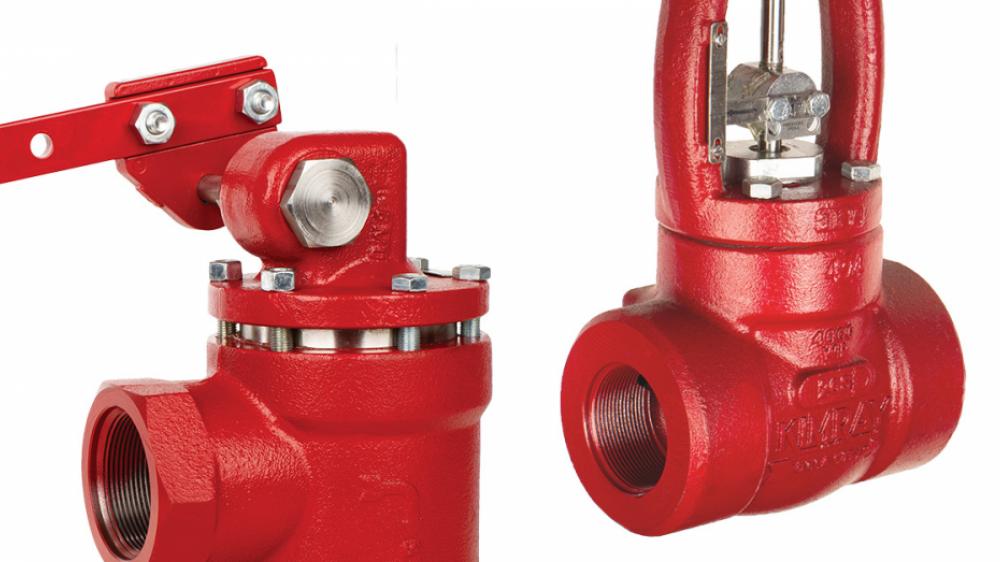Flow control valves are devices used to regulate the flow of liquids, gases, and other substances. They are used in a variety of industries, including the energy sector, manufacturing, and pharmaceuticals. The basic principles of flow control valves are the same regardless of the application. Understanding how these valves work can help you decide which type is right for your needs.
Types of Flow Control Valves
Flow control valves come in a variety of shapes and sizes, depending on the application. The most common types are globe valves, gate valves, and ball valves. Globe valves are typically used in high-pressure applications, while gate and ball valves are used in lower-pressure applications. If you're looking to purchase flow control valves you may consider QRC Valves.

Image Source: Google
Globe Valves
Globe valves are the most common type of flow control valve. They are used in high-pressure applications and are typically manual or automated. Globe valves are designed to regulate the flow of a particular liquid or gas. They use a disk with a hole in it to control the flow rate.
Gate Valves
Gate valves are used in lower-pressure applications. They are designed to control the flow of a particular liquid or gas by opening and closing a gate. They are typically manual or automated, and they use a stem to control the opening and closing of the gate.
Ball Valves
Ball valves are also used in lower-pressure applications. They are designed to control the flow of a particular liquid or gas. They use a ball with a hole in it to control the flow rate. They are typically manual or automated, and they use a handle to control the opening and closing of the ball.
